
MOTORIZED SCREENS
FLORIDA LIVING OUT 365 WEATHER, SUN, & INSECT PROTECTION
MOTORIZED SCREEN SOLUTIONS
Year - Round Protections
Does Mother Nature spend more time on your patio and lanai then you do? Take it back. Maximize and extend your outdoor living space with MagnaTrack and Florida Living Outdoor. The Residential Series offers year-round protection from storms, insects, sun and glare, and much more. while providing the quality.

Sun

Insect

Wind

Privacy

Hurricane

RESIDENTIAL APPLICATIONS
Explore FL Outdoor's Residential Screen
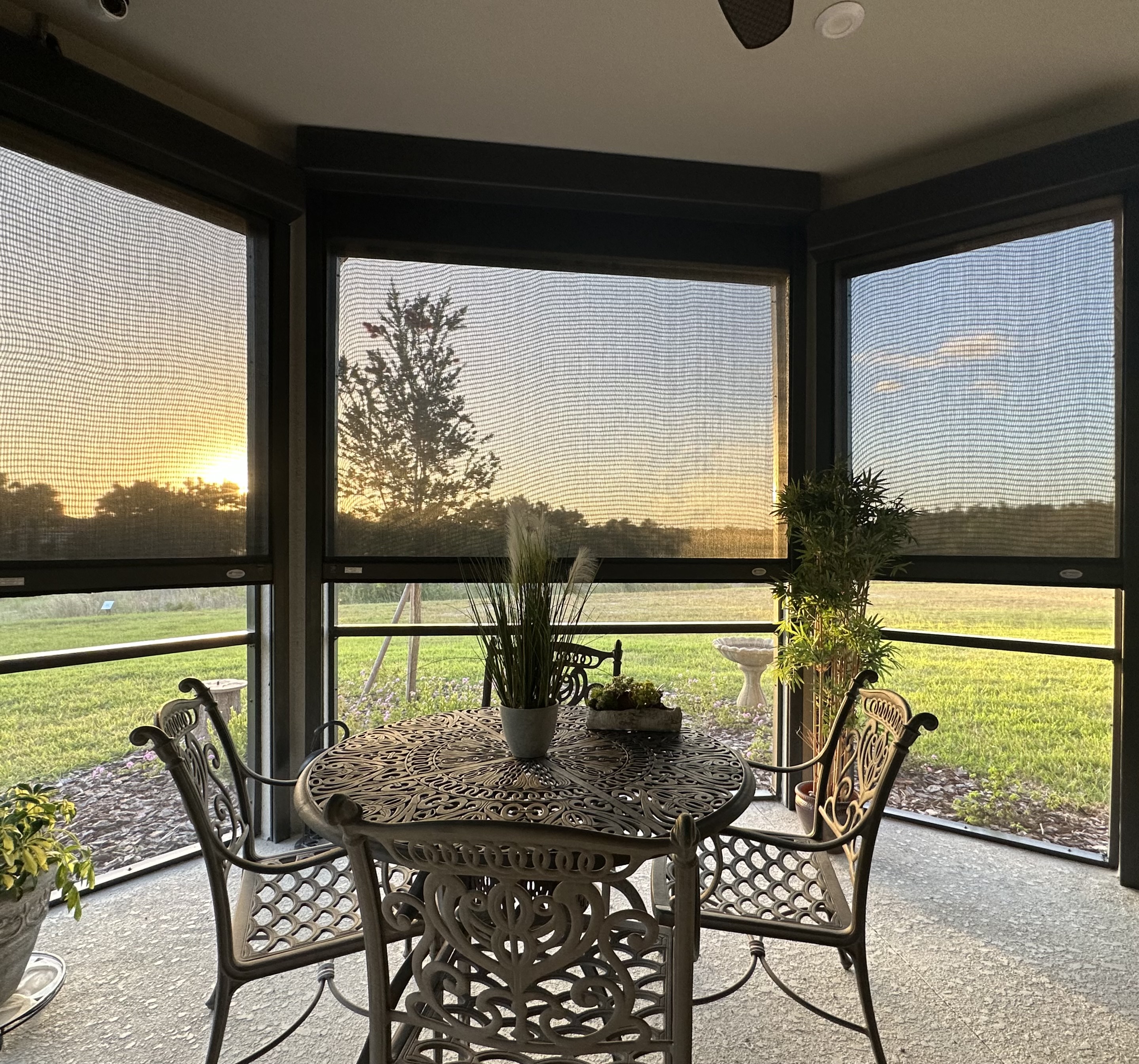
SOLAR SCREENS
Our Solar Screens are a perfect for summer heat and the pounding sun of West facing patios, doors, and lanais.
Our mesh selections block 70%-97% of harmful UV rays while also providing shade and cooling on the most sweltering days.
Protect Against all the Florida sun, heat, wind, and prying eyes.
INSECT SCREENS
Motorized insect screens are perfect for Florida Lake Home or waterfront outdoor space.
Safeguard against insects while maximizing airflow through your space. Protects against:
Flies
Mosquitos
Tiny Insects
No-see-ums
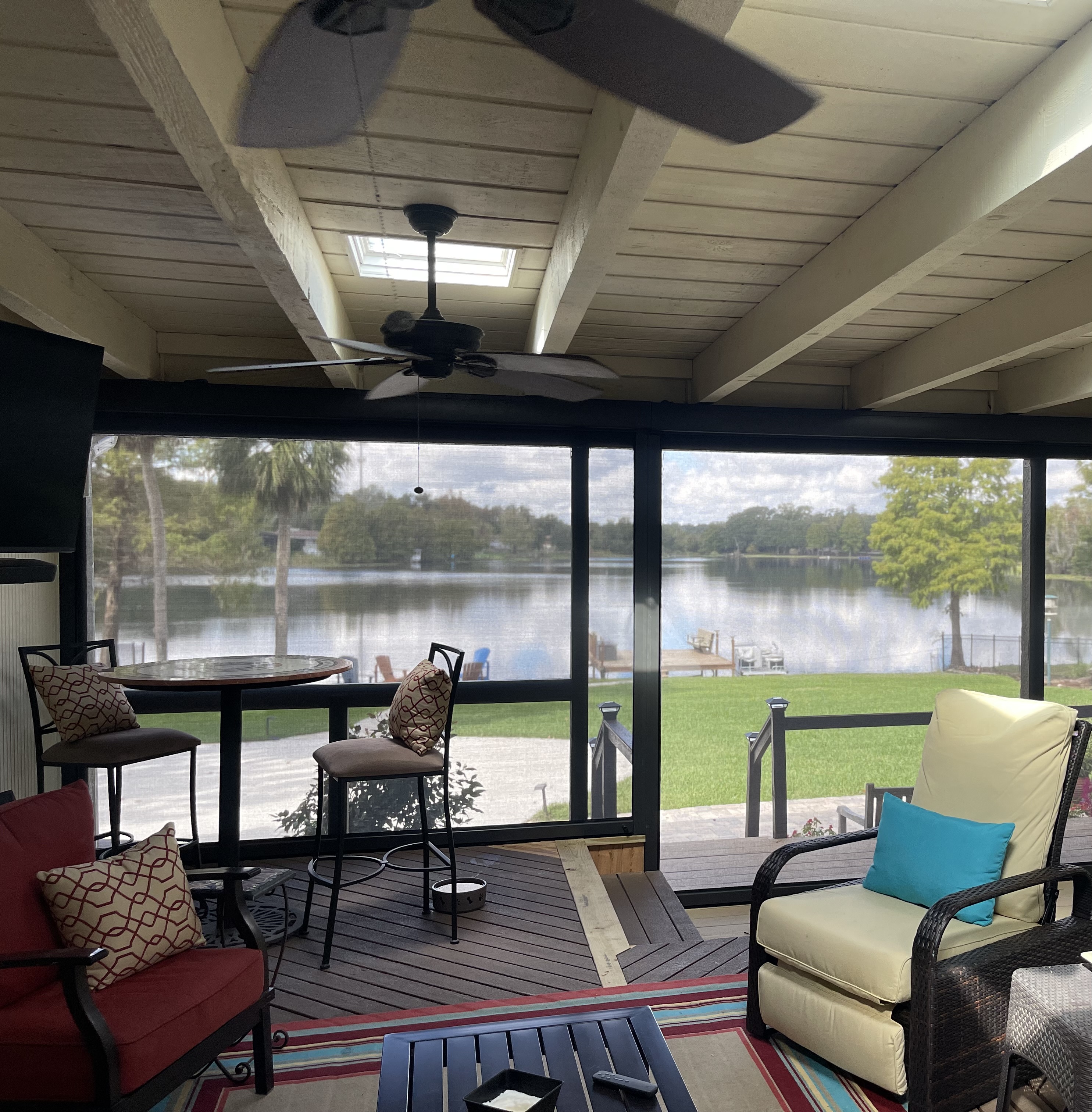
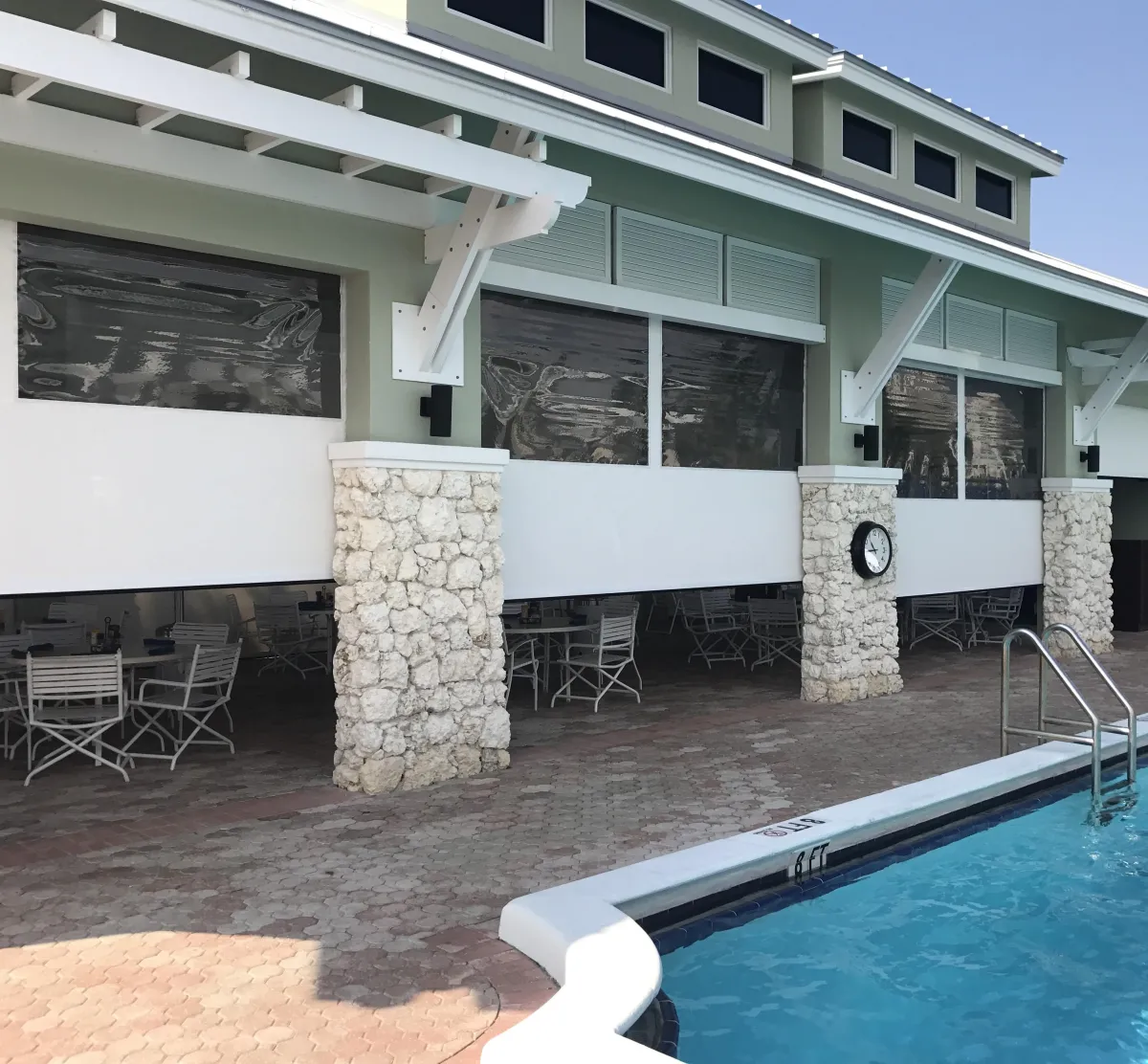
VINYL SCREENS
Make your outdoor space accessible year-round. Our vinyl screens offer temperature control and energy savings, so you can enjoy hot or cold, rain or shine.
HURRICANE SCREENS
Protect your outdoor space accessible year-round. Our Defender Hurricane and Fenetex Hurricane screens offer easy hurricane prep and temperature control so you can enjoy hot or cold, rain or shine.
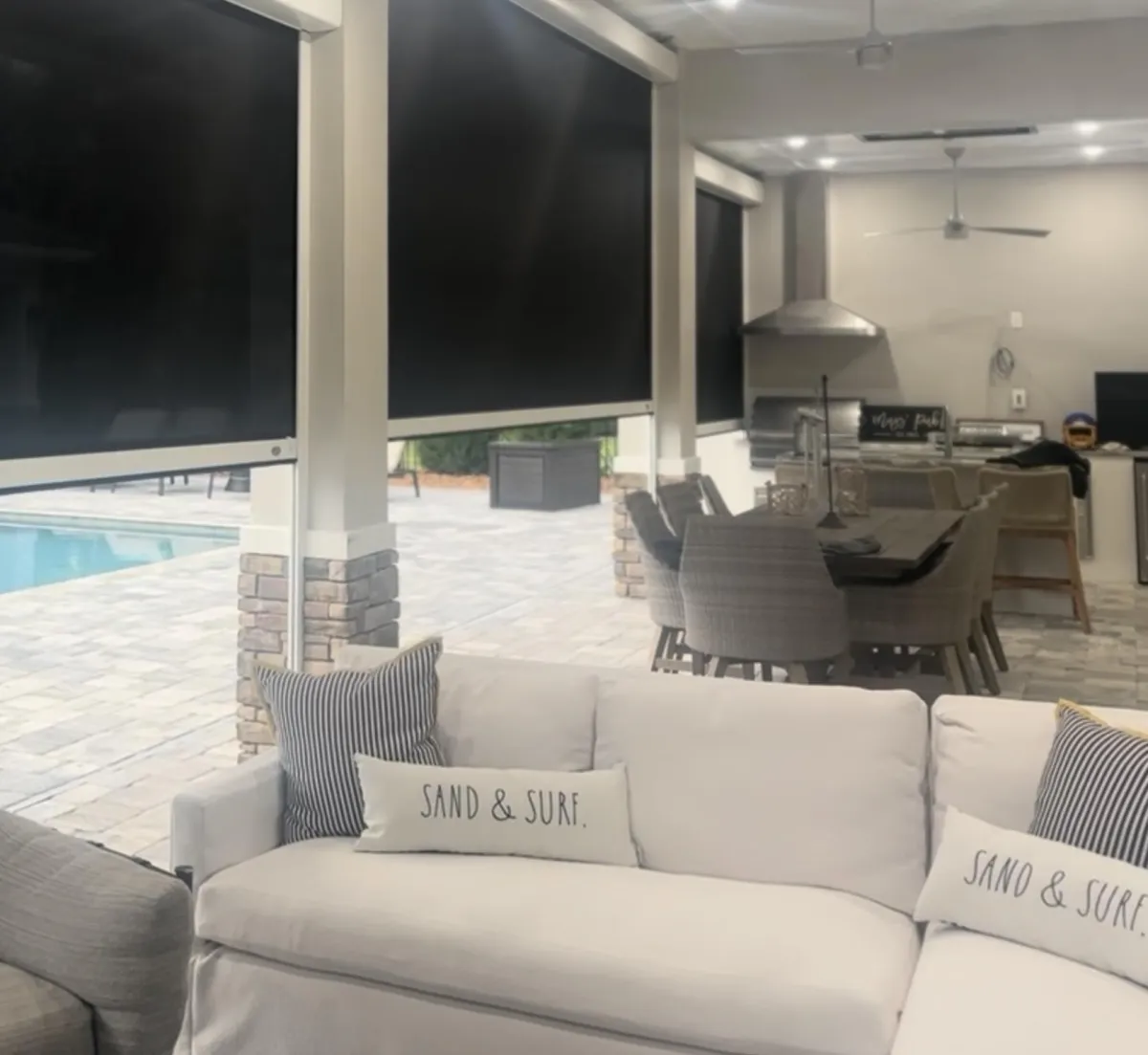
PATENTED MAGNATRACK SYSTEM
Get to know your system....
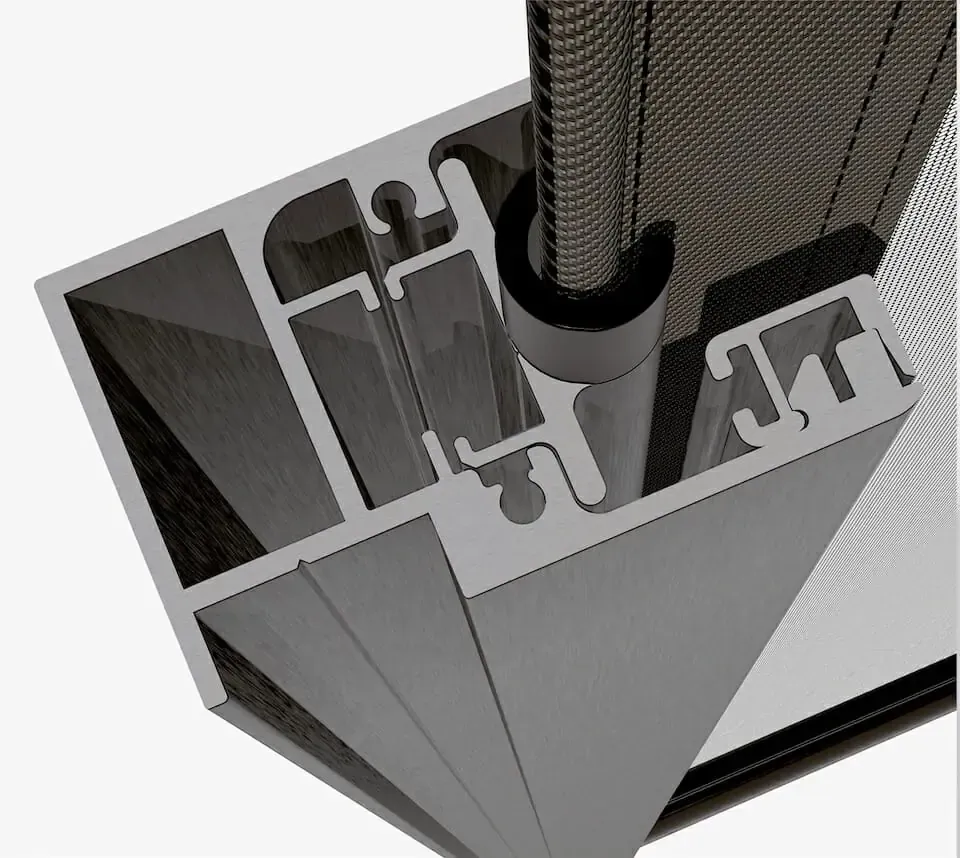
Effortless Deployment
Our low friction Keder Interlock means your screen is secure with absolutely no zippers.
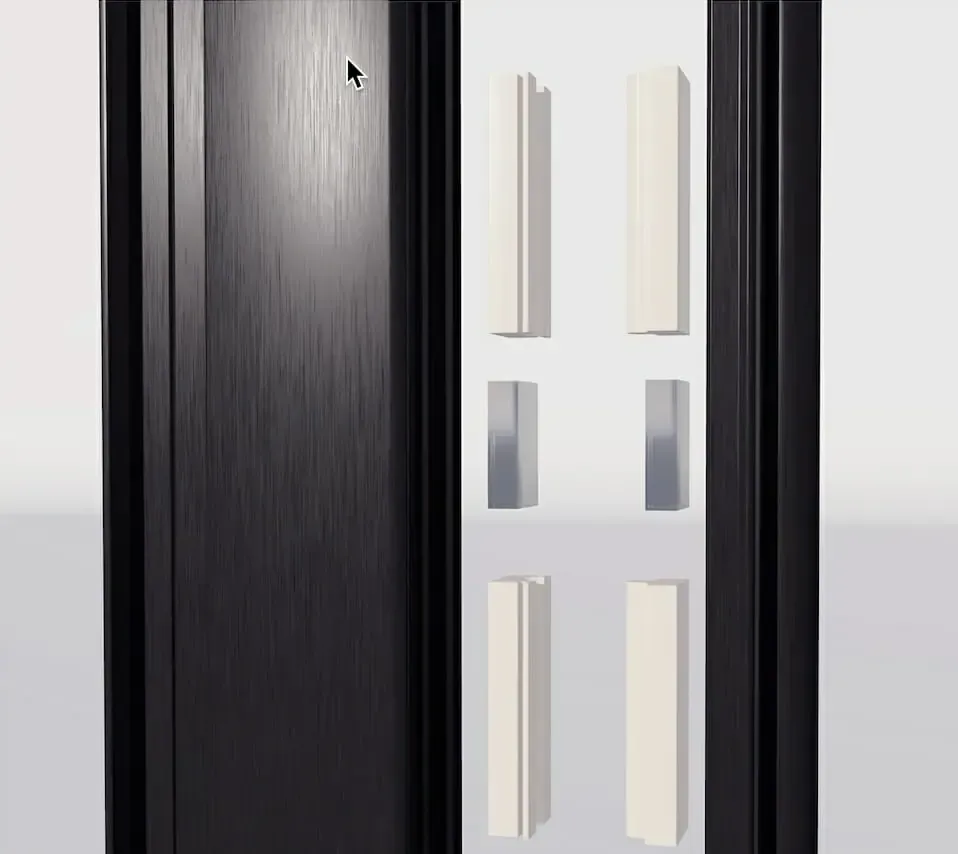
Strongest Yet Quiet
Our magnet track has more than 10x the pulling force of any other system in the market!
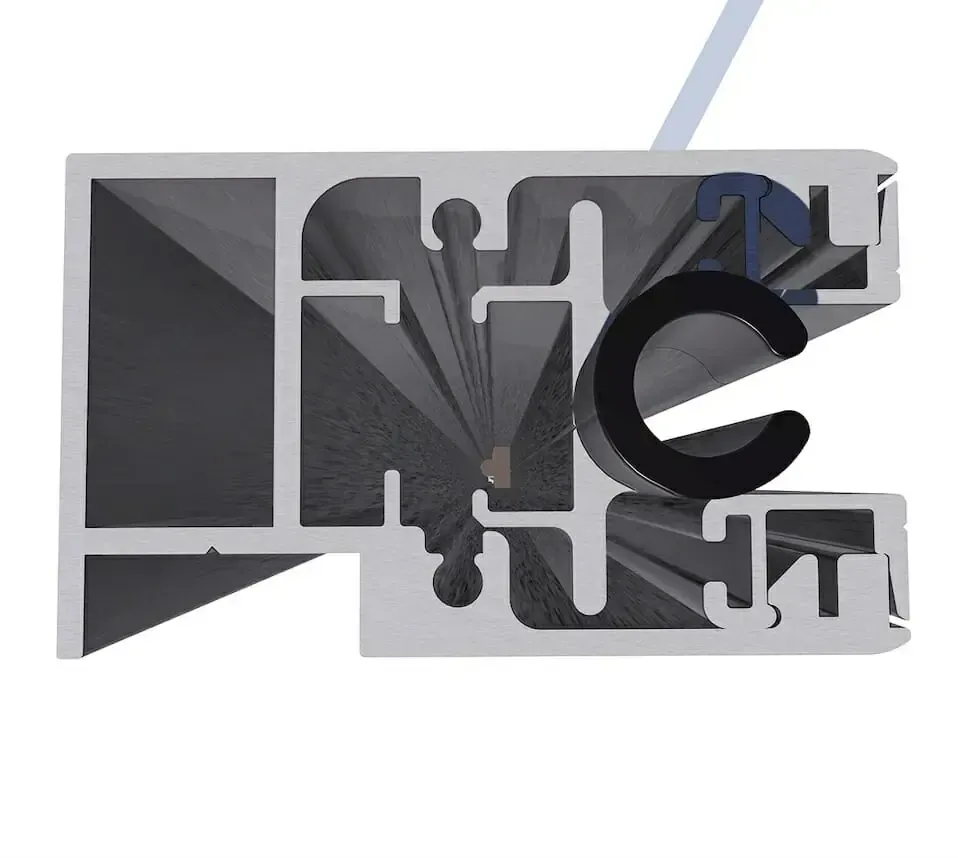
Self-Adjusting Side Tracks
Our innovative design prevents openings and fabric from bellowing in windy conditions.
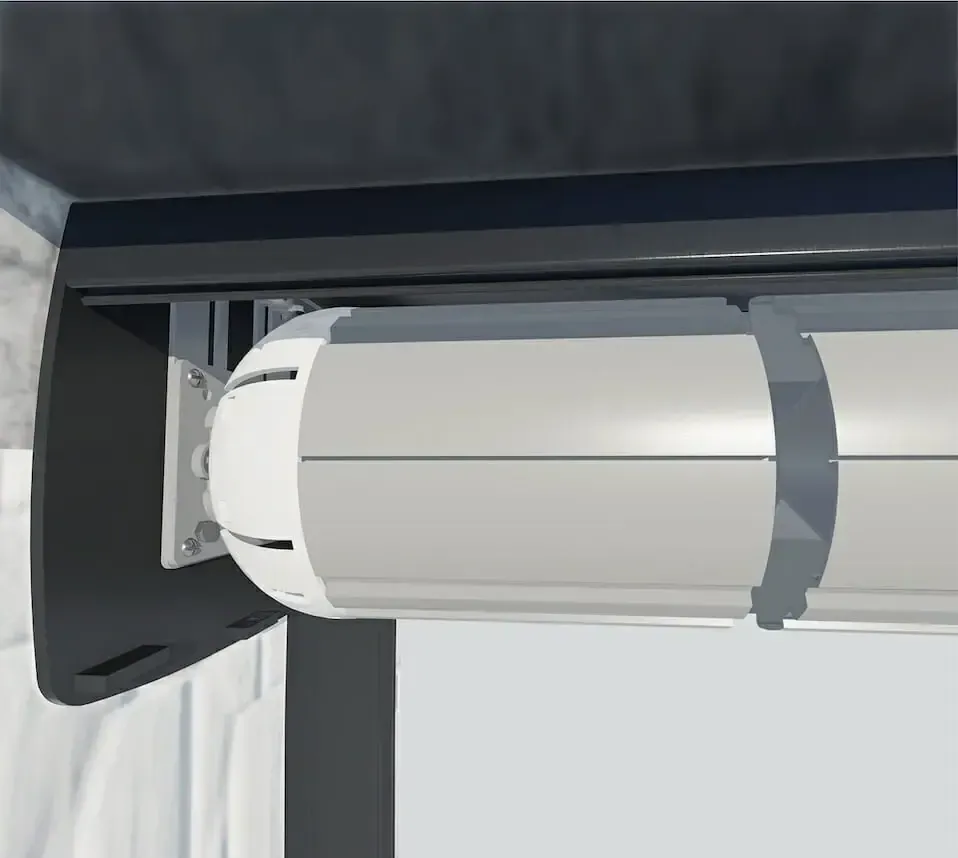
Adjustable Roller System
Made to reduce wrinkled edges for a clean aesthetic appearance and can level weight bar.
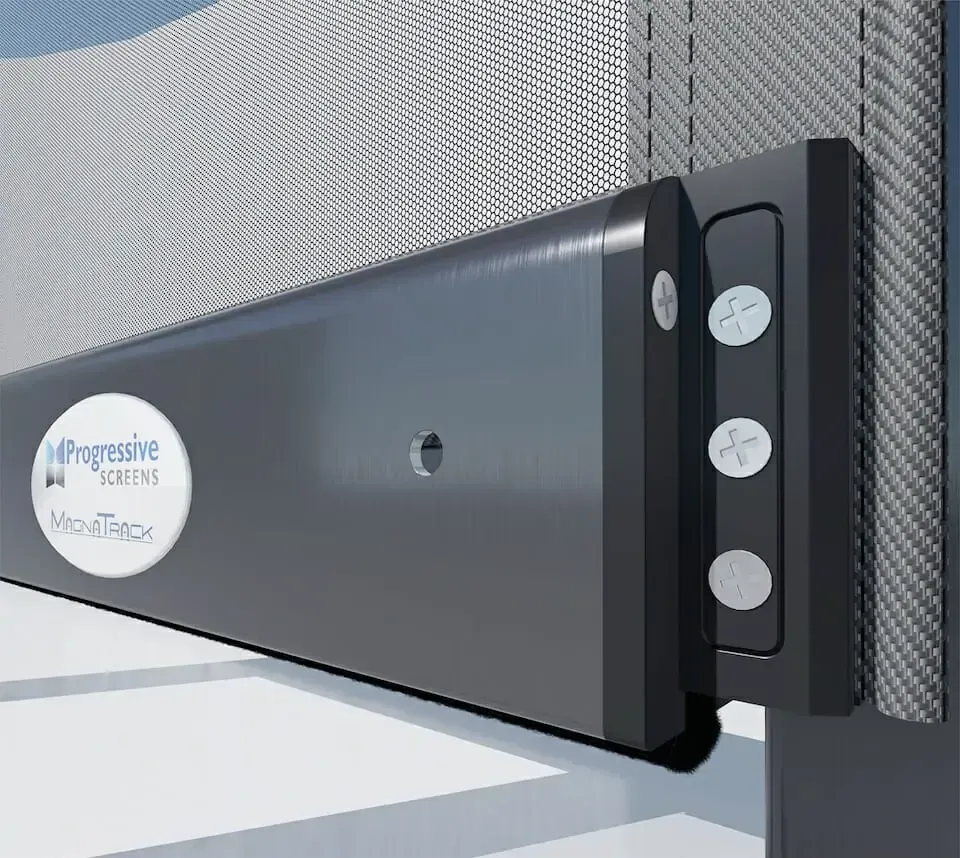
Weighted Bottom
Rated the heaviest in the industry with retention locks to stay in place.
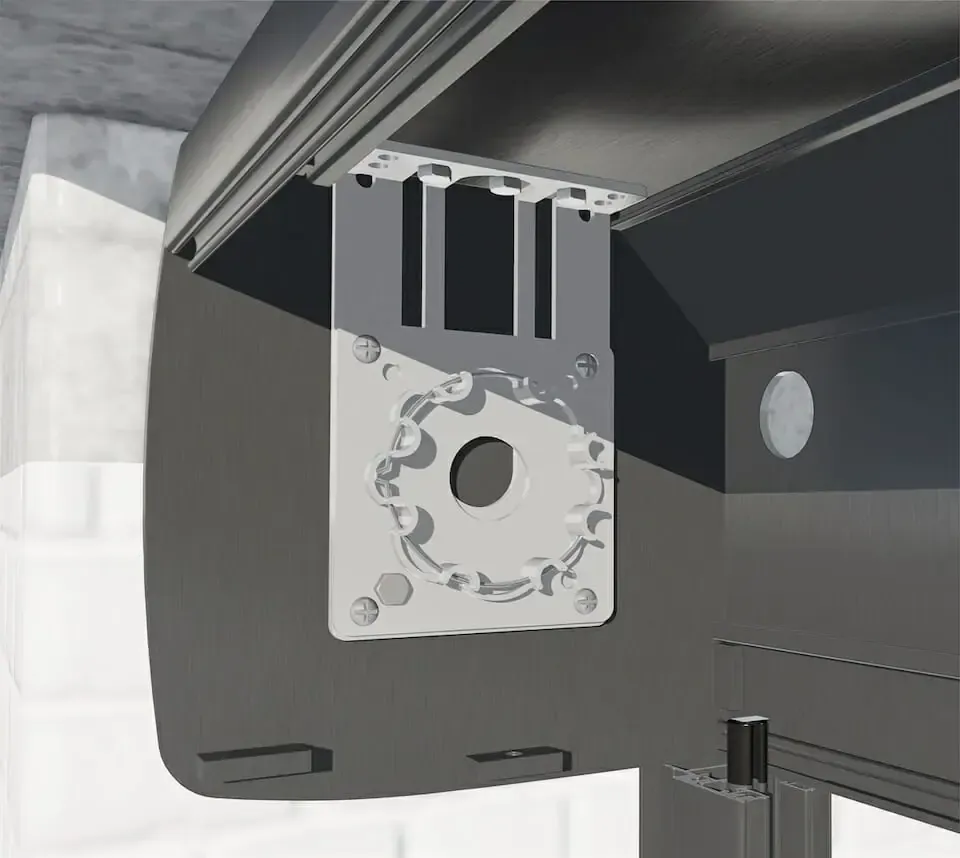
Aluminum Brackets
For utmost strength and durability. Coated in glass filled nylon to eliminate corrosion.
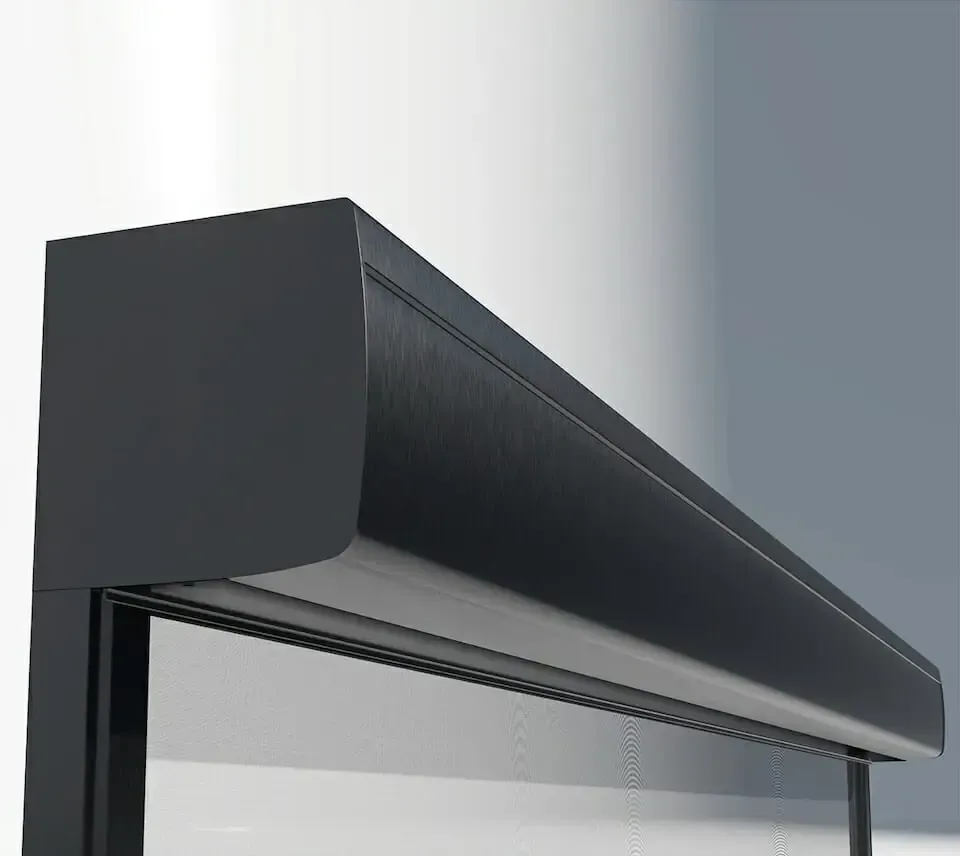
Extruded Hood Design
Stylish, durable and engineered to accommodate wide spans without deflection.

Durable Screens
Made to reduce wrinkled edges for a clean aesthetic appearance and can level weight bar.
Get Inspired
COMPLETE CUSTOMIZATION
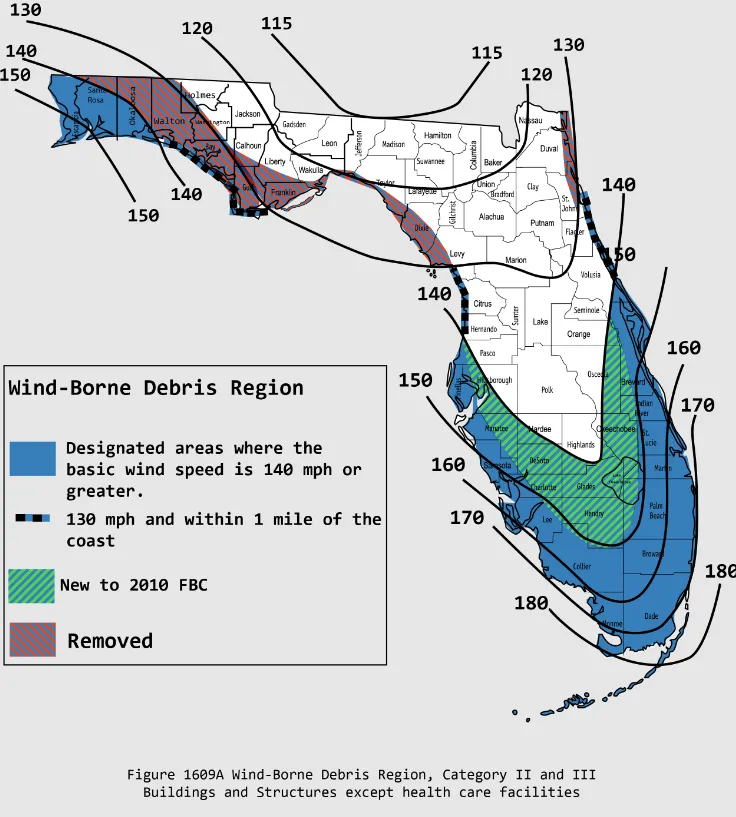
Understanding High Velocity Hurricane Zones (HVHZ) and Protecting Your Patios and Lanais
“No one knows where the wind started. But it's easy to see the path it carves amongst the foolish.” - Kip HudaKoz
Introduction:
We are blessed to live in Florida; we have the best of all worlds. From sub-tropical climates to stunning beaches. With bright sunlit days and luscious green palm trees comes another truth in warm weather – hurricanes! If you live in a high-velocity hurricane zone (HVHZ) or along the 1350 miles of Florida's Coastline, it's essential to understand how upcoming hurricanes may impact your home. More importantly, we need a simple understanding that it is our responsibility to preserve our outdoor spaces before and after the high winds come and go, taking proactive steps to ensure their safety.
With that said, here why you should pay attentions to HVHZ in Florida! 🌀🌩️🌞🪶
Understanding High Velocity Hurricane Zones (HVHZ)
HVHZ in Florida includes Miami-Dade and Broward Counties that are under the state’s toughest building codes. These codes specify the materials and type of structure so that buildings can survive the destructive forces of hurricanes and the ordeals of life and property are minimized. These codes provide the guidelines on the material, design and construction methodology to withstand the hurricane impact. Learn more on Engineering Express HVHZ page.
The Impact of Windstorms
Unlike other weather systems, hurricanes come in different levels of wind speeds that cause varying levels of damage. The United States National Weather Service categorizes these impacts into five categories: extreme, high, moderate, elevated and little to none. Overall, the categories allow people to plan and reduce the risk according to the severity of the hurricanes.
Extreme winds (110+ mph) produce devastating wind damage including total roof failures and some complete structural failures. High winds (74-110 mph) produce a great deal of structural damage. Moderate winds (39-73 mph) may cause some structural damage. Elevated winds (25-38 mph) may be the cause of loose debris, while winds below 25 mph typically produce only minor damage. For a more detailed explanation of these threat levels, visit the NWS Wind Threats and Impacts page.
Mathematical Calculations for Wind Speed and Object Movement
Understanding the wind speed necessary to move objects is essential for hurricane preparation. The formula for calculating this is:

For example, it takes only 3 mph to move a maple leaf due to its lightweight and large surface area. A 37-pound trash can can be moved by 28 mph wind. An average person (150 pounds) can be moved by a 67 mph wind, and a car (3000 pounds) can be moved by a 90 mph wind. This mathematical understanding showcases the practical application of math in real-life situations.
Hurricane Protection for Patios
Patios and lanais, though beautiful, are vulnerable during hurricanes. Proper protection involves securing these areas to prevent damage from high winds and flying debris. One of the most effective solutions is the MagnaTrack Motorized Screen System, especially when installed by Florida Living Outdoors. These screens are designed for hurricane-prone areas and offer several benefits. They absorb impacts, withstand category five hurricane winds, and use patented magnetic technology to remain flat and functional even in high winds. For more information on these screens, visit the Progressive Screens website.
Practical Steps for Hurricane Preparedness
To prepare for hurricanes effectively, secure loose items from patios and lanais to prevent them from becoming projectiles. Install protective systems like the MagnaTrack Motorized Screen, reinforce windows and doors, and create an emergency plan for evacuation and communication. Regularly check and maintain all protective measures to ensure they are in good working condition before hurricane season.
Beyond basic steps, advanced measures can further enhance safety. Installing hurricane shutters, upgrading to impact-resistant windows and doors, reinforcing roofs, and using storm panels provide additional layers of protection. Bracing garage doors prevents them from being blown inward, which can lead to significant structural damage.
The Role of Technology in Hurricane Preparedness
Technology plays a crucial role in hurricane preparedness and response. Advanced weather monitoring systems provide real-time updates and forecasts, helping homeowners stay informed and take timely actions. Smart home devices, such as automated shutters and alarm systems, can be programmed to activate in response to hurricane warnings, providing additional security. Mobile apps offering hurricane tracking, emergency alerts, and safety tips ensure that you have all the necessary information at your fingertips..
Community and Government
People can also begin to understand some basic best practices and how to prepare for hurricanes through examining what went right or wrong in real-world examples of hurricanes. For instance, after Hurricane Andrew carved through South Florida in 1992, the state of Florida created a building code to be used in HVHZs – one that has been updated and revised over the years – which made buildings in it much safer, and was in large part why Hurricane Irma, one of the most intense current cyclones in 2017, wreaked relatively contained damage in areas within HVHZs.
Conclusion
Therefore if you are fortunate enough to own a property in or around the extremely HVHZ of Florida, the logical thing to do is take precautionary measures, estimating the wind speeds, adopting a metrical approach and protecting your home and outdoor spaces by using the advanced protection system – MagnaTrack. As a homeowner, you could migrate to a safer zone for minimal hurricane seasons, but the smart choice would be to have an efficient disaster recovery plan. By applying science to deal with hurricanes, the devastation could be at the finest point. While this essay is mostly informative, it also helps drive the point that despite the destabilizing nature of hurricanes, you can still enjoy the scenic beauty of Florida and have a good quality of life if you follow the suggested solution. 368 words. There is detailed information available on hurricane zones and solutions. To learn more, visit the recommended resources and products for HVHZ.
FLO... CREATING LUXURY OUTDOOR
Work requiring DBPR licensure in partnership with CGC1532839
MOTORIZED SCREENS
Warranty
FENCE
Horizontal Fencing
Greenwood Fence
PERGOLAS
Azenco-Outdoors
R-Blade Motorized Louver Roofs
R-Shade Insulated Roof
COMPANY INFO
About FL Outdoors
FL Outdoor News
Service Area
FAQ
IMPORTANT INFO
SERVICE AREA CENTRAL FLORIDA
Mount Dora
Longwood
Maitland
Seminole County
Windermere
Lake Nona
SERVICE AREA PALM BEACH
Boca
Boynton Beach
Delray Beach
Jupiter
SERVICE AREA BROWARD COUNTY
Fort Lauderdale
Deerfield Beach
Light House Point
Plantation
South West Ranches
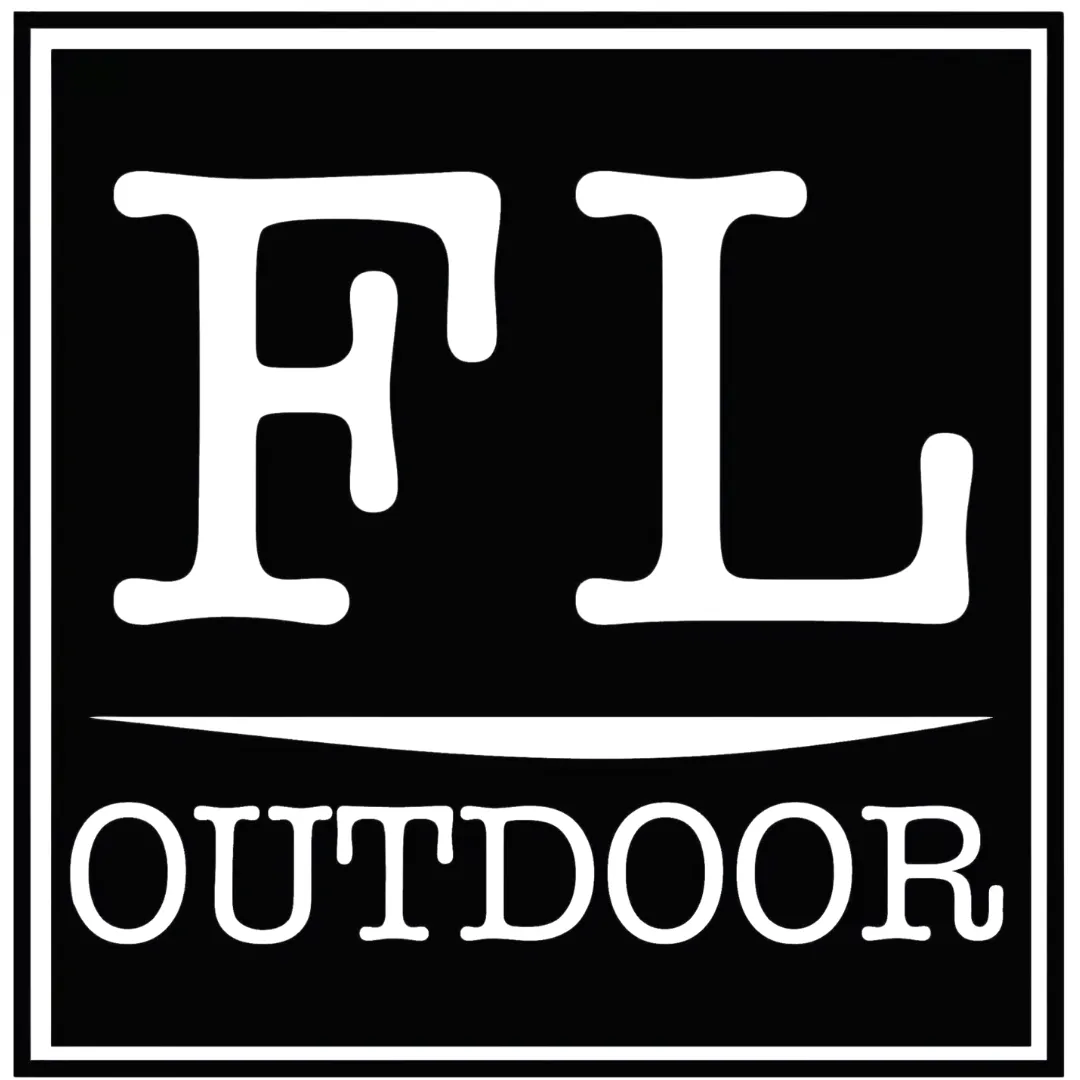
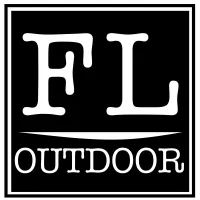


Facebook
Instagram
X
LinkedIn
Youtube
TikTok
Pinterest